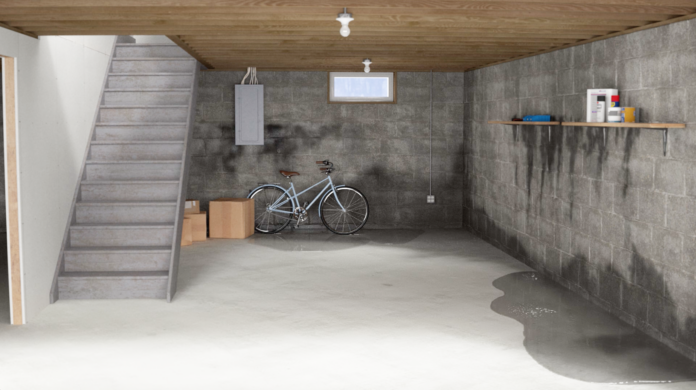Basement foundation repair is a necessary step to ensure the structural stability of your home. The foundation is the largest and most expensive part of the house and its maintenance must be taken seriously to avoid costly repairs in the future. There are several different methods for basement foundation repair, each with its own advantages and disadvantages. It’s important to research each method thoroughly before making a decision to determine which one best suits your needs.
What Causes Basement Foundation Problems?
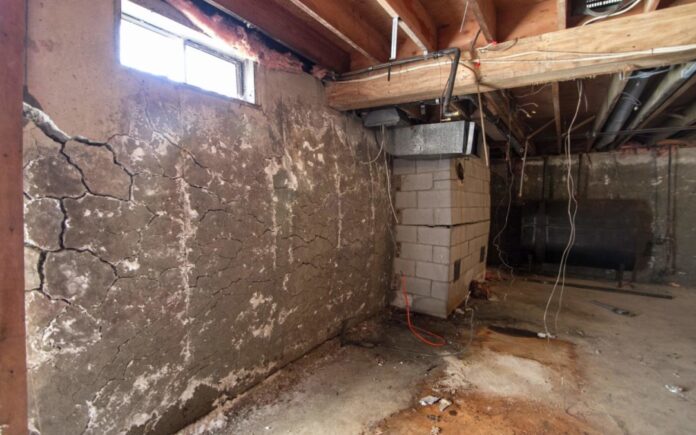
Basements, like other parts of the home, will experience problems caused by the natural settling of the house and wear over time. Cracks in the foundation and heaving walls are some common signs of basement foundation issues. Hiring skilled professionals like Pioneer Basement Solutions as soon as you see any potential issue is essential to keep your home in good shape.
Causes for these problems include improper construction, drainage, or hydrostatic pressure buildup around the foundation due to external water sources and soil conditions that may cause instability or erosion, such as soil composition and compaction.
Instances of extreme weather may also cause your basement foundation to shift. All of these causes can result in costly repairs if you don’t address them quickly.
From improperly installed doors and windows to out-of-level floors caused by deteriorating footers or a sinking floor joist system, there are several potential issues you need to consider when determining what type of repair is best for your basement:
- Improper construction
- Drainage or hydrostatic pressure buildup
- Soil composition and compaction
- Instances of extreme weather
- Improperly installed doors and windows
- Out-of-level floors caused by deteriorating footers or a sinking floor joist system
Types of Repair Methods
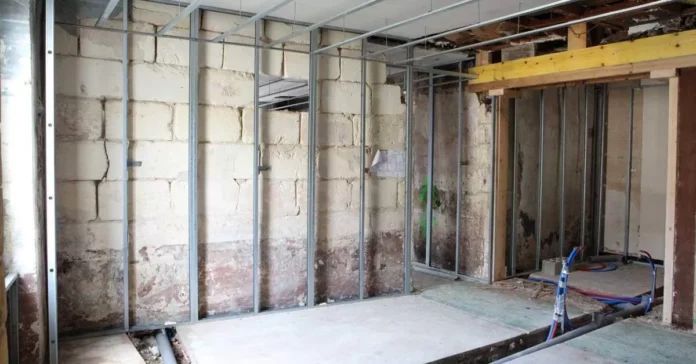
When considering basement foundation repair, you will likely be presented with four primary repair methods – concrete pier system installation, wall anchor installation, steel I-beam installation, and steel plate system installation. Depending on your needs and budget constraints, one or more of these methods may be right for you. Here is a brief overview of the four basement foundation repair methods:
- Concrete Pier System Installation: This method involves digging a trench around your home’s basement walls and installing concrete piers beneath them in order to prop up the walls’ structure and secure it more firmly in place. This type of repair is often considered permanent, meaning that no further maintenance work should be required. However, over time movement in the soil can cause settlement or shifting which may still require additional repairs or maintenance activities.
- Wall Anchor Installation: This method involves attaching metal anchors to the nearby existing footing or into drilled holes in your basement walls to stabilize cracked or leaning walls by applying inward tension from underground brackets anchored nearby solid footings. Wall anchors are considered semi-permanent solutions that require some yearly maintenance checks but should otherwise not need any further work done due to their long-term longevity when installed properly with professional quality materials.
- Steel I-Beam Installation: Steel I-Beams are placed between upright basement supports to reinforce them against exterior forces like extreme weather conditions and soil upheaval from seismic activity, almost entirely eliminating physical stressors on your basement wall support structures thus making them less likely to become unevenly settled over time.
- Steel Plate System Installation: This type of foundation repair utilizes heavy gauge steel plates that wrap around your existing footing extending into three directions creating an individualized stabilization system customized for each home’s particular layout. This makes structural shifting impossible during the erosions period.
Benefits of Professional Basement Foundation Repair
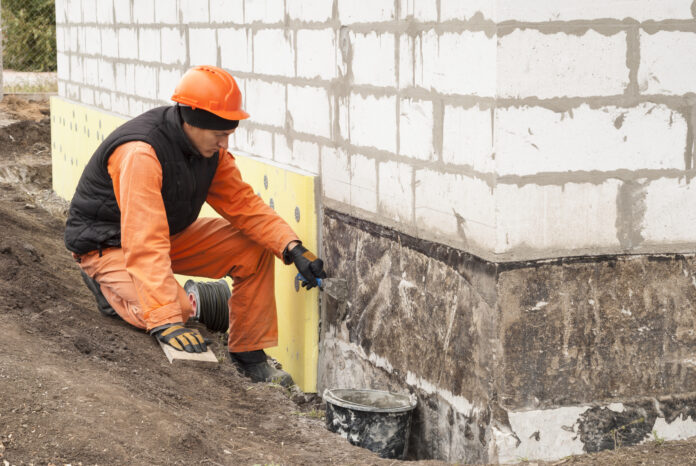
When faced with a basement foundation repair, homeowners may be tempted to try a DIY approach. While this might seem like the most cost-effective option upfront, it is important to consider the potential risks associated with mistakes and the long-term effects of an inadequate job. Hiring a professional basement foundation repair team has many advantages that make it worth investing in the future of your property.
Professional repair teams have extensive experience in diagnosing and addressing the damage. They are familiar with local codes and regulations necessary for any successful project. Utilizing their knowledge of soil types, construction materials, and related technologies allows professionals to identify problems quickly, suggest solutions for maximum stabilization, provide accurate quotes for materials and labor costs, and ensure quality results tailored specifically to meet the needs of your home or business. Additionally, professional crews offer warranties of their workmanship should future problems arise due to a defect in quality.
When to Seek Professional Help for Basement Foundation Repair
Basement foundation repair can be a complex process, requiring specialized knowledge and special equipment. Though some home repair projects can be successfully handled without professional help, a failing foundation is something that should not be attempted without expert assistance. When it’s time to call in a professional basement foundation contractor, the following warning signs should alert you that the job should not be left to DIYers:
- Cracks in walls or floors
- Leaning walls or floors
- Sticking windows or doors
- Water seepage through basement walls
- Uneven or sloping floors
- Gaps between windows and frames
When initial signs of foundation problems are noticed, prompt action is essential. If such signs have been present for some time and ignored, further damage resulting from continuing water infiltration may put occupants at risk due to the possibility of asbestos fibers being released into the air. An inspection by a qualified professional will determine what corrective action is needed to ensure safe living conditions.
Conclusion
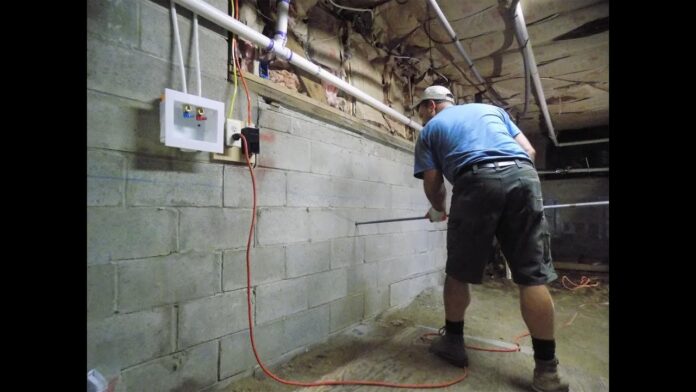
In conclusion, there is no single best method for strengthening and stabilizing your basement foundation walls. The success of your foundation repair project will depend on a variety of factors, including the condition of your existing structure, the soil conditions in your area, and most importantly, the resources at your disposal.
Whether you choose to fill cracks in concrete walls with hydraulic cement or use wall anchors to repair bowed wall is up to you; what’s important is that you research all available methods thoroughly before making a decision that convenient and cost-effective for you now and in the long run.
